5 Relaxing Herbal Tea Plants
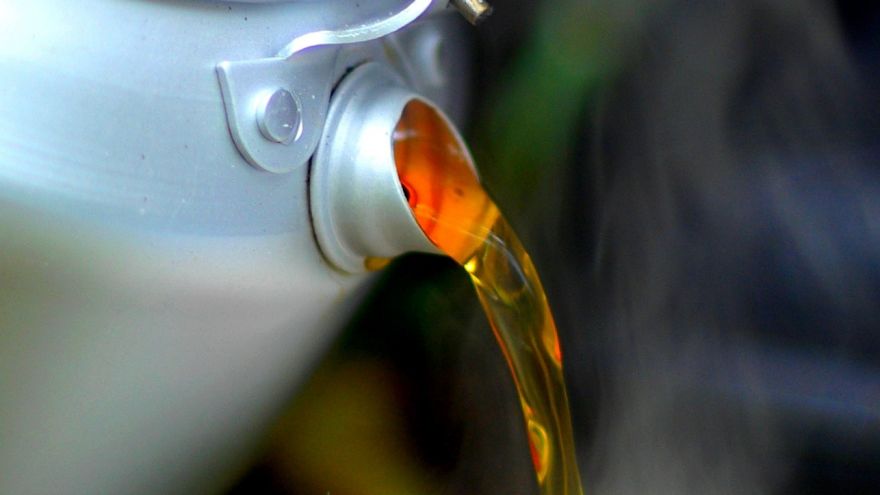 5 Relaxing Herbal Tea Plants
gearweare.net
5 Relaxing Herbal Tea Plants
gearweare.net
Many of the plants around us are edible in a variety of forms. They can be stripped of leaves, which can be eaten raw. Sometimes a root or a shoot can be chopped and cooked. Some flowers are edible too. On the other hand, some plants are toxic so it’s important to learn what is what! One way to enjoy the flavors and benefits of different edible plants is to turn them into a tea. With the vast variety of options, there is bound to be one you enjoy. Some you may have heard of and others you may not be familiar with. In the ongoing series of herbal tea articles, here is one to relax by the fire with as the weather starts to get a bit chillier.
Table of Contents
Yarrow
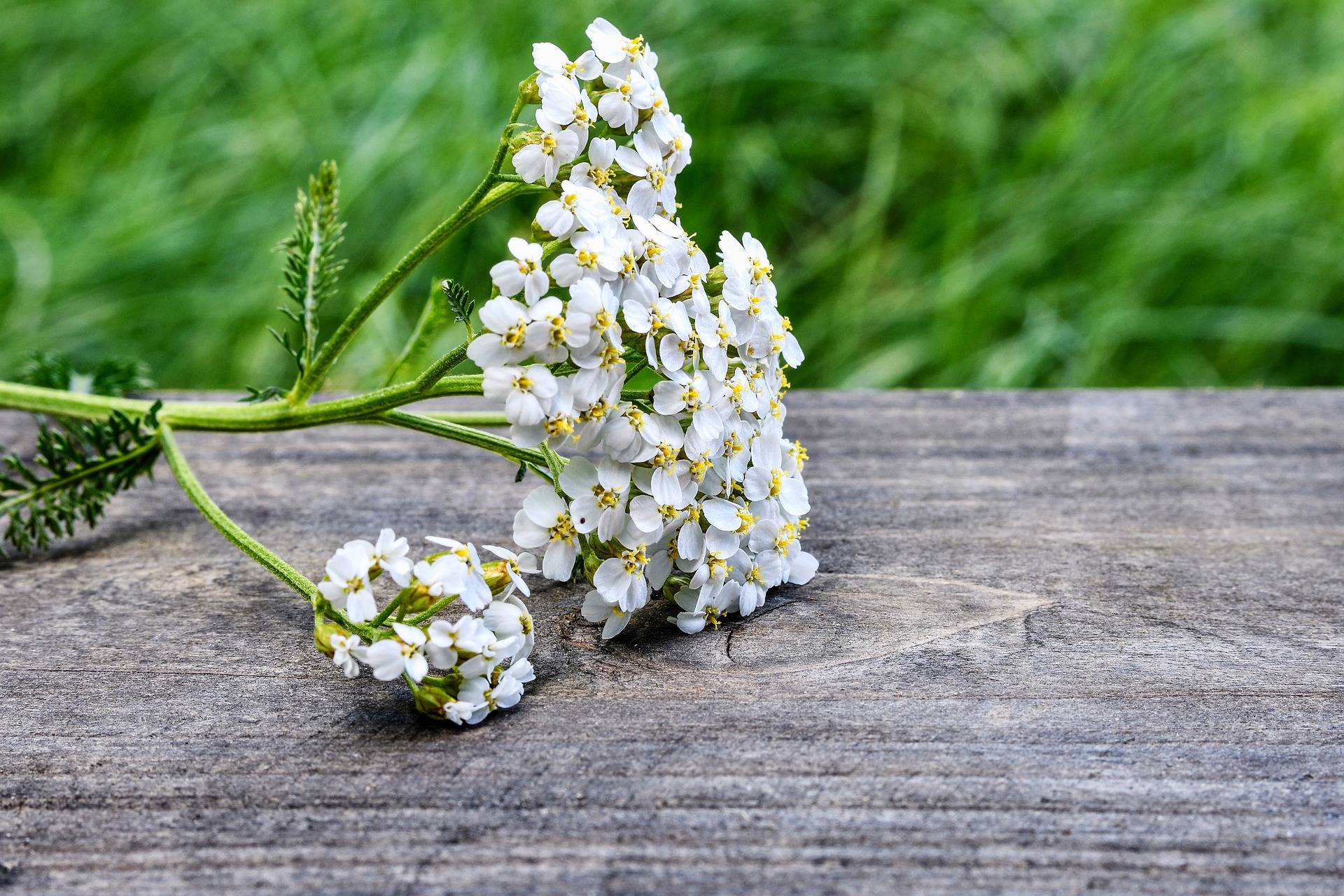
Yarrow (Achillea millefolium) is known to help with digestion and also might offer relief for colds and other illnesses. In addition, it is said to reduce inflammation as well as work as an astringent, decongestant, and expectorant. To make tea, you can use fresh or dried flowers and leaves from the plant. If using dried leaves, add about one teaspoon per cup of boiling water. For fresh leaves, use two leaves for each cup of boiling water. Allow the tea to steep for about ten minutes. Remove the leaves and enjoy. For a touch of sweetness, add honey, agave, or stevia.
Spearmint
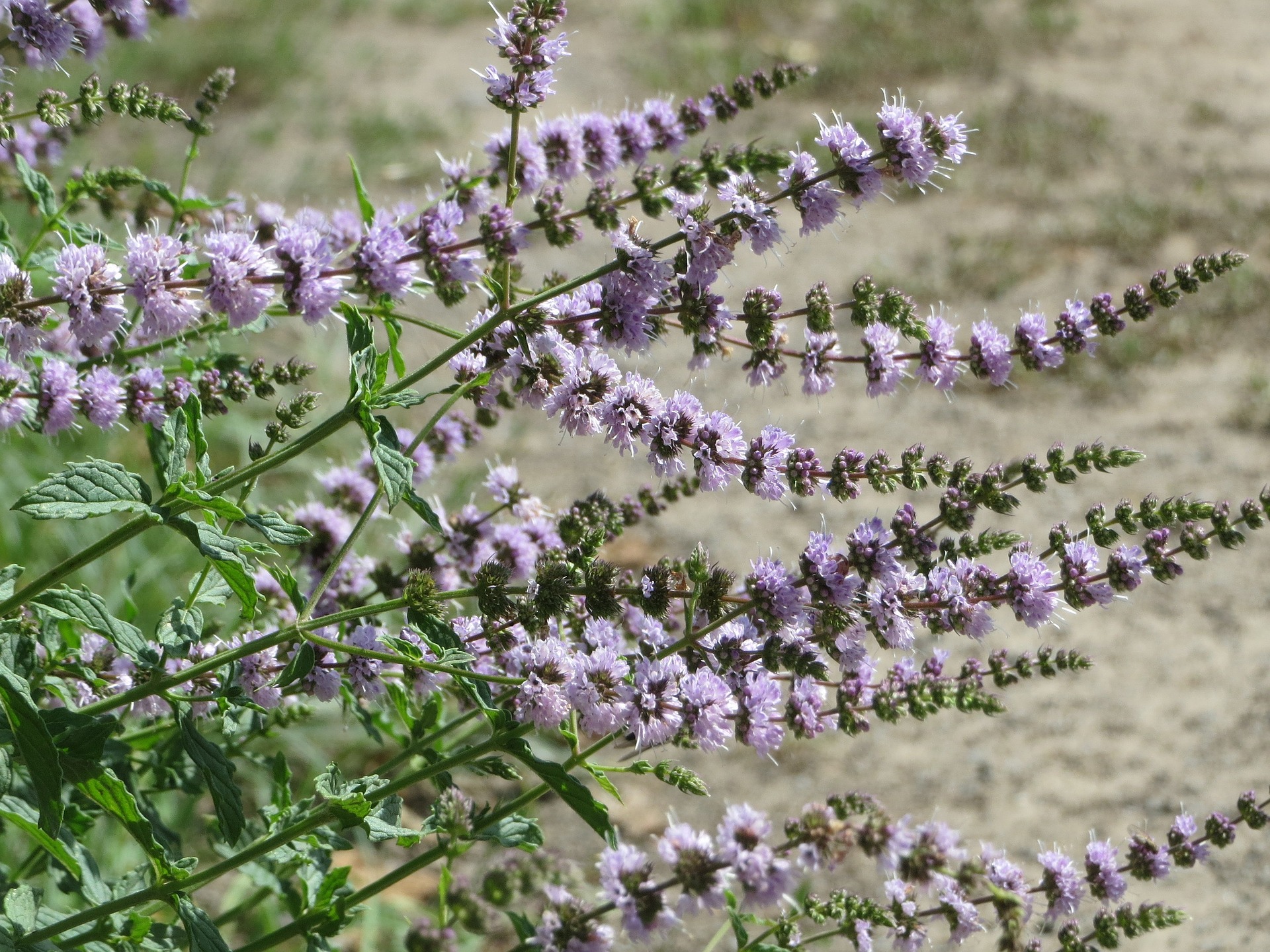
Of the many varietals of mint, Spearmint might be the most ubiquitous—and for good reason. Spearmint is a vigorous plant that grows well in a variety of habitats. It propagates via underground shoots, quickly spreading across fields, gardens, or ditches. Spearmint, like other members of the Lamiaceae (mint) family, can be steeped into a cup of tea using dried or fresh leaves. The health benefits of this plant are well documented and include treatment to improve nausea, flatulence, digestive issues, hiccups, motion sickness, and eyesight. It contains vitamins C and A, which have been used for generations to discourage scurvy. Prepared as a tea, the warming can also help soothe sore throats and ease stomach pain. To prepare, add leaves to hot water and allow to steep around five minutes. You can add milk, cream, or sugar too.
Broadleaf Plantain
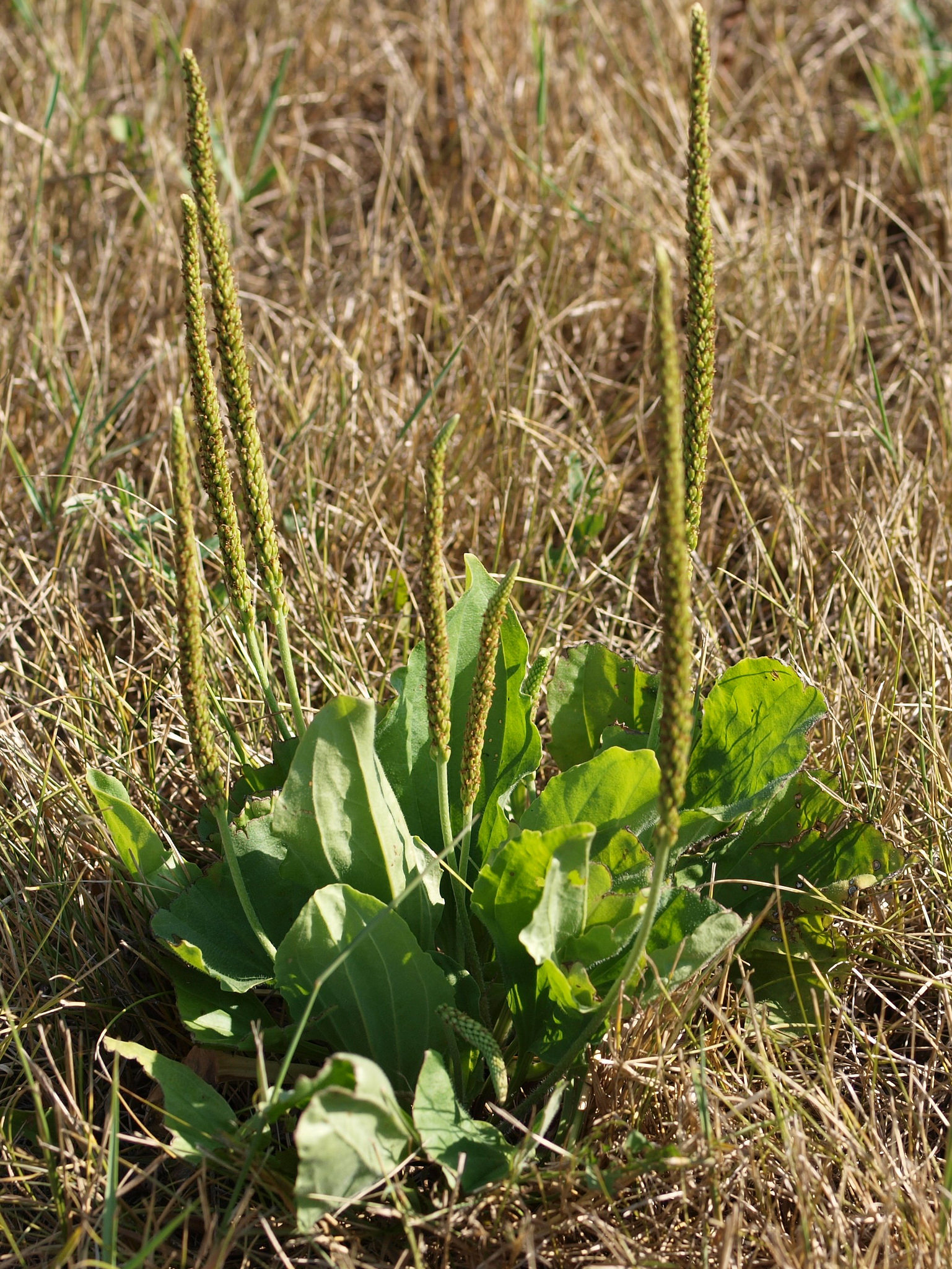
Broadleaf Plantain is a commonly occurring plant throughout North America, Europe, and Asia. It can be found along roadsides, in fields, ditches, gardens, yards, and meadows. This small plant is packed with vitamin A, iron, and calcium, as well as minerals. The entire plant can be used in tea to treat diarrhea, replenish nutrients, and sooth sore throats in the case of colds and allergies. The tea can also be used in place of broth in the preparation of rice and other dishes. To prepare, add two tablespoons of fresh chopped leaves to two cups of boiling water. Cover and remove from heat, allowing to steep for at least five minutes.
Dandelion
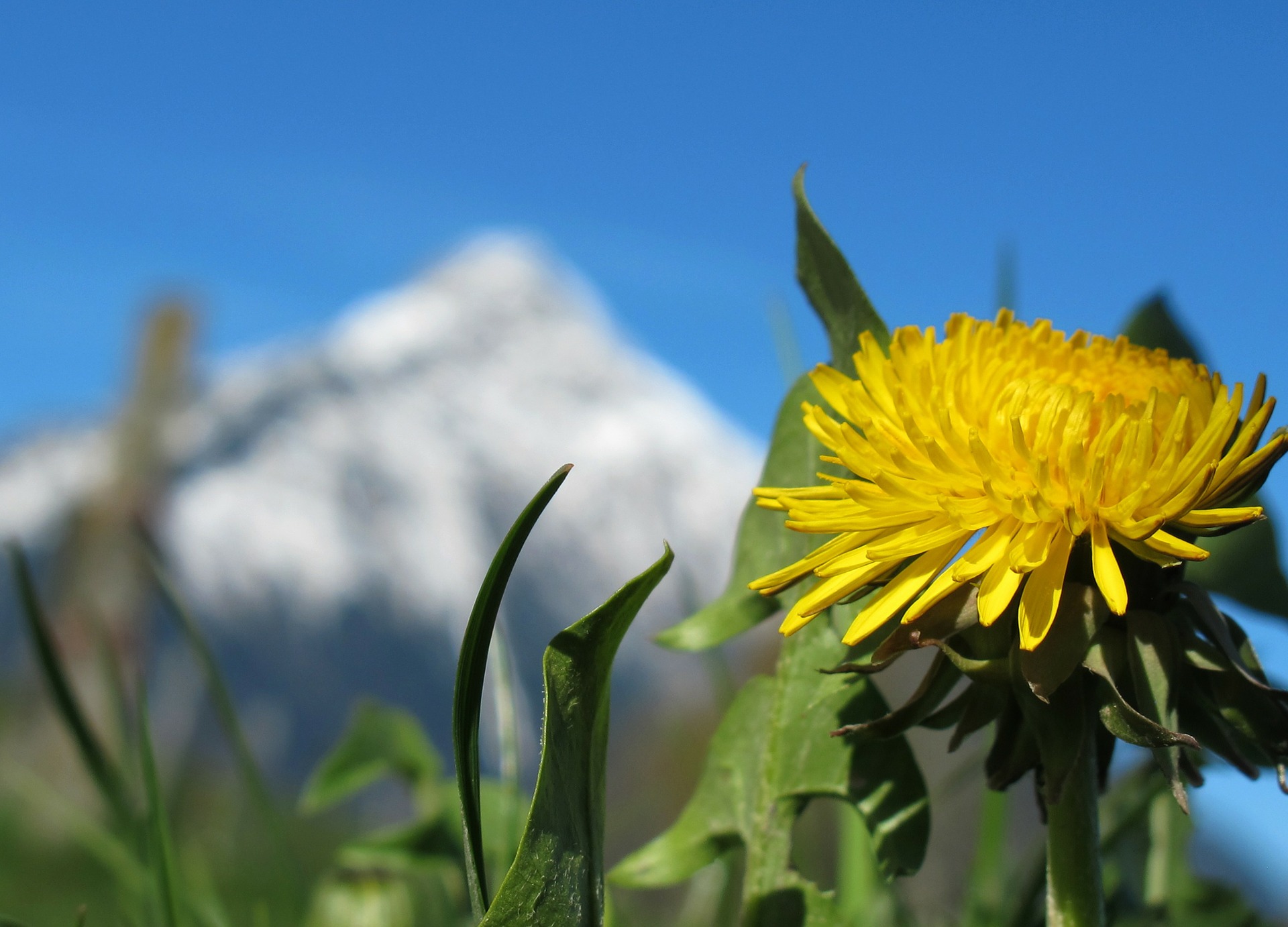
Another abundant and commonly recognized weed is the dandelion. While most homeowners try to obliterate this plant from their yard, when harvested it has many uses and health offerings. As an entirely edible plant, the dandelion contains vitamin C, potassium, fiber, iron, calcium, phosphorus, magnesium, zinc, and vitamin B. The roots and leaves can both be made into tea. Since the leaves have a bitter flavor, they are often mixed with mint, stevia, or chamomile to soften the flavor. To make the root into a tea, pull the entire plant from the earth, ensuring that you get the entire underground stalk. Cut the root to separate it from the leaves. Next, coarsely chop the root and add to hot water in a saucepan. Boil, covered for one minute and then set aside to steep for 40 minutes. Strain out the root pieces and enjoy. The teas can be consumed hot or cold.
Chamomile
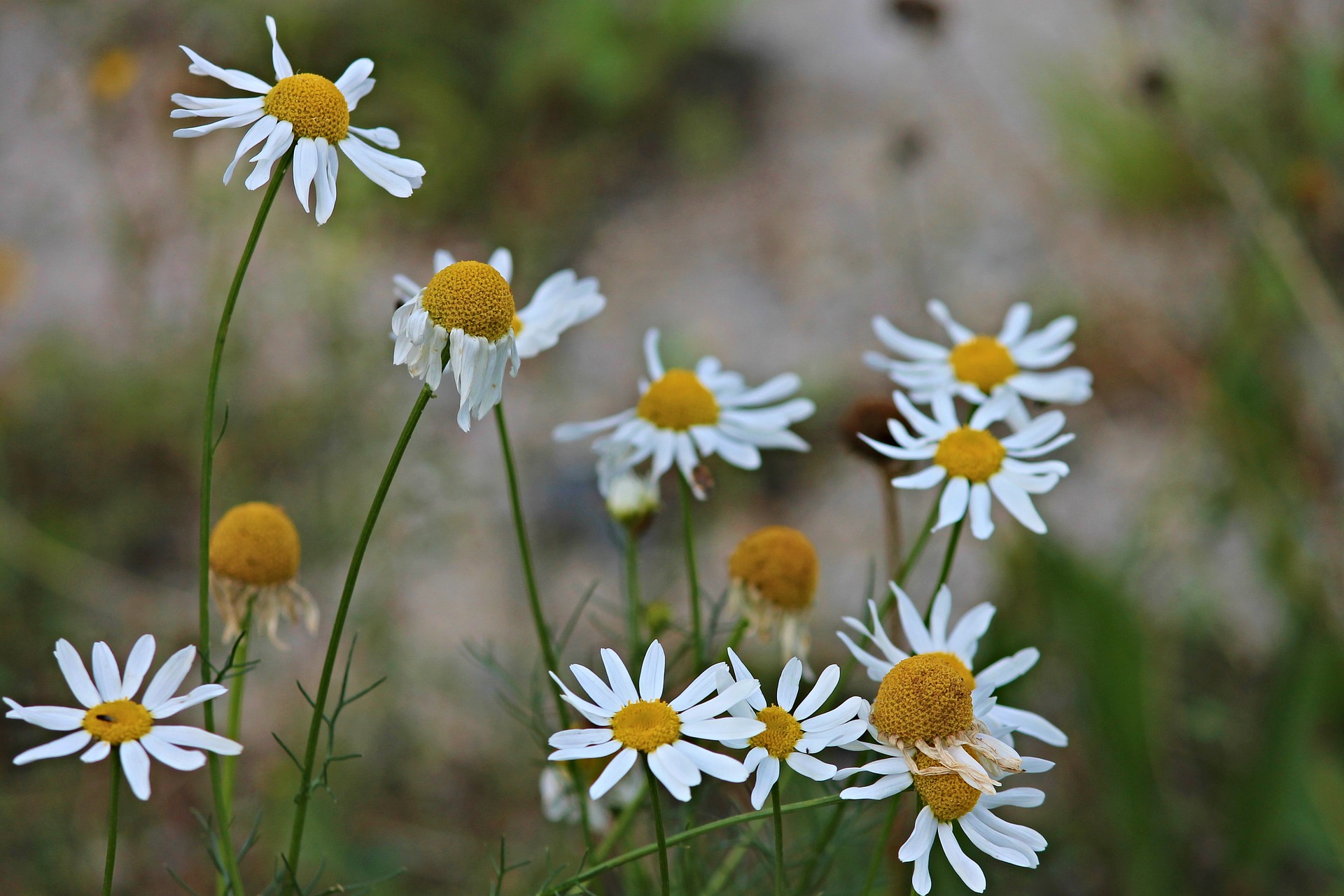
Everyone has seen chamomile as one of the many options lined up in the tea aisle at the local grocery store, but chamomile can be harvested in the wild as well. Two types of chamomile are particularly well known as tea ingredients—the German chamomile, Matricaria chamomilla, and Chamaemelum nobile, also known as the Roman or English chamomile. Tea is made from an infusion of dried leaves, steeped for 10-20 minutes and strained. Chamomile is attributed to aiding in the treatment of hay fever, inflammation, muscle spasms, menstrual disorders, insomnia, ulcers, psoriasis, eczema, gastrointestinal disorders, and hemorrhoids. In addition, it is well known for relaxation and assisting with sleep issues.
The use of herbal teas goes back in history as far as the preparation of wine and beer. There have been wars fought over the stuff. But with a little research and a sense of spirit you can create your own herbal tea from ingredients gathered on your day hike, collected from your yard, or harvested on a backpacking trip. Most herbs perform well after being dried, so you can continue to enjoy the flavors long after the plant has gone to sleep for the winter. When harvesting, check the location around you for the possibility of pesticides or other pollutants. For example, it’s not recommended to pull dandelion from the local dog park. Wash all plants before use and, after drying, store in a sealed container to maintain freshness. Ensure that all leaves and roots are completely dry because moisture during storage will cause them to mold. Enjoy!











